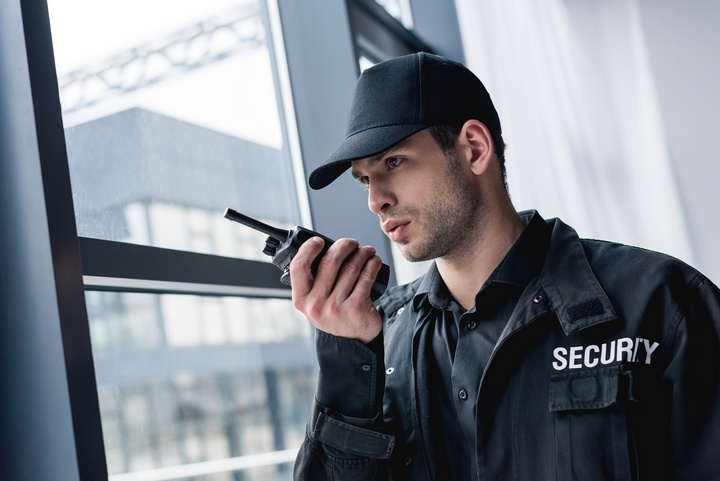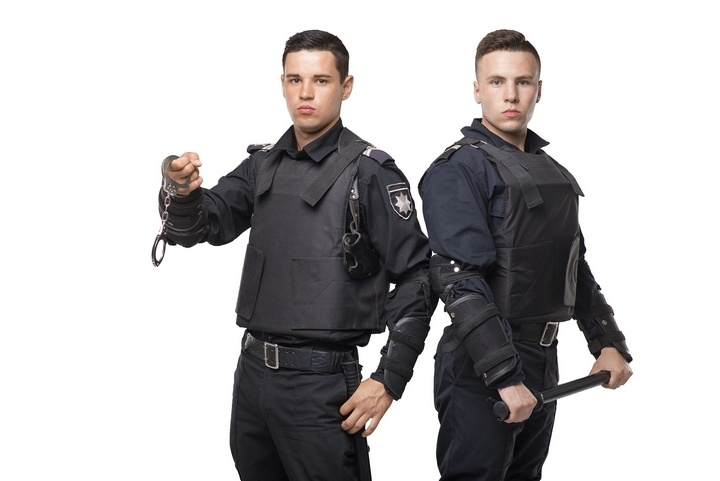How to Increase a Stadium’s Security Successfully

Sports, entertainment concerts, and political conferences have been significant targets for theft, terrorism, and other violent activities worldwide. While such events are unavoidable in human life, we can only seek to improve security and related measures for stadiums, which are the hosting grounds for the activities.
Stadium security matters more than the event itself. By following the best safety measures, you can improve the safety of the attendees and even win the attendees’ trust ahead of future events. You should also engage various professionals, such as security camera installers and surveyors, to help you fulfill your security enhancement desires.
Here are measures you can undertake to improve a stadium’s security.
1. Embrace AI Security

With all the benefits accredited to technological developments, it would be absurd not to mention the power of artificial intelligence. The invention can significantly increase venue security by employing facial recognition technology on people entering the premises.
Artificial intelligence can also analyze video footage from surveillance cameras to evaluate and tell any suspicious behaviours, objects, or activities.
Various stadiums have adopted innovative applications that alert security personnel about a troubling incident within and around the premises. It would be better if every other stadium followed suit. Finally, stadiums can use drones, major AI security inventions, to monitor the airspace around the stadium for maximum safety.
2. Communicate Security Measures to the Attendees

While managing a large crowd of people can be frustrating, adequate communication goes a long way in ensuring and improving security in stadiums. Not knowing which move to take next can be overwhelming and easily attract insecurity, among other misfortunes, whenever the attendees are clogged up in a single area.
Therefore, ensure the attendees to a particular event get adequate communication from the entry point up to their comfortable seats. Furthermore, offer proper directions to the washrooms, canteens, hotel, and other crucial facilities.
3. Strengthen Your Security Team

The physical security personnel in the stadiums have a significant influence on safety, regardless of how much technology the facility has adopted. Stadiums should never lack enough workforce to secure attendees and the premises.
However, it doesn’t end at employing security personnel only, and you should constantly empower the team with regular promotions, stable working conditions, further training, and meaningful wages to keep them excited about the job. Also, the number of security agents should match the number of people expected in the event for maximum safety.
4. Implement the ‘No Bag’ or Clear Bag Policies

Another method of increasing stadium security is implementing the ‘no bag’ or clear bag policies. As the term suggests, the no-bag policy disallows all bags from entering the stadium, regardless of size, type, or purpose. However, medication kits such as inhalers and their holders might be allowed, but under infrequent circumstances, since most stadiums have medical teams in the position.
On the contrary, the clear bag policy enables potential attendees only to carry a clear bag whose entire contents can be viewed from outside, within the stadium. With that, the chances of sneaking harmful items such as guns or drugs into the stadium will be substantially minimized.
5. Securing the Areas Surrounding the Stadium Premises

Security at the stadium should not only focus on the actual premises but also its surrounding areas. To increase security, stadium managers should ensure maximum safety amongst the event planners and other relevant parties in those areas.
For instance, they can request regular security patrols ahead of the main event. Similarly, they can enhance lighting around the stadium to keep potential criminals at bay. They can also install security cameras around the roads leading to the stadium. Finally, they can improve the presence of police to monitor the areas surrounding the stadium.
6. Make Use of Access Control Techniques

Access control techniques can be an ideal way of increasing security within and around stadiums. The technologies help the security personnel to point out a potential safety threat among the attendees and other participants of the event.
Some effective access control measures include installing metal detectors at the entrances or restricting access to particular areas within the stadium. Besides improving security, access control measures ensure data privacy within the stadium from unauthorized access by outsiders.
7. Liaise with the Local Law Enforcement

It would be inappropriate if the local law enforcement unit or security officers had little or no information regarding an upcoming event in a particular stadium. Every time a stadium has an event coming up, the involved parties should adequately inform law enforcement to improve security for the attendees.
Police departments often design bespoke training programs for event security personnel, covering critical subjects like crowd management, threat assessment, and emergency response. Thanks to this training, stadium security teams are well-equipped to tackle any security-related situations they may encounter effectively.
Also, law enforcement agencies can offer crucial information about potential threats or criminal activities. They empower stadiums to tackle security risks proactively. Additionally, security officers and law enforcers will likely respond quickly and satisfactorily to a security emergency from an event they have enough details about.
8. Develop an Emergency Response Plan

A well-crafted emergency response system will protect the sports stadium and its patrons. This strategy outlines the actions to be executed when faced with diverse crises, including natural calamities, violent incidents, medical troubles, or fires. The main objective of such a plan is to mitigate the emergency’s impact, preserve lives, and maintain order within the stadium’s confines.
A sound emergency response plan should encompass explicit procedures for communication, evacuation processes, medical aid, and cooperation with the surrounding emergency services. Specific staff members should be assigned roles and responsibilities while establishing guidelines for crucial decision-making during high-pressure situations. Conducting routine drills and training sessions is vital for staff to become adept at handling emergency response protocols and ensuring a streamlined, coordinated approach.
The plan should accommodate varying contingencies and potential scenarios, promoting flexibility and adaptability when faced with unanticipated circumstances. You should regularly assess and update the plan, drawing on past experiences or shifts in security threats.
With an extensively prepared and rehearsed emergency response strategy, stadiums can effectively tackle emergencies, safeguard their patrons, and lessen the repercussions of potential crises.



















